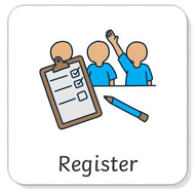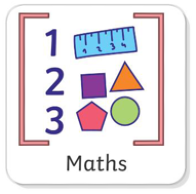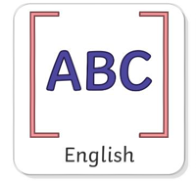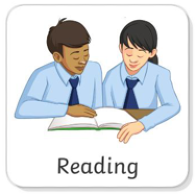Friday
Friday 12th September

12.09.25
LC: To understand the order of operations (BIDMAS)
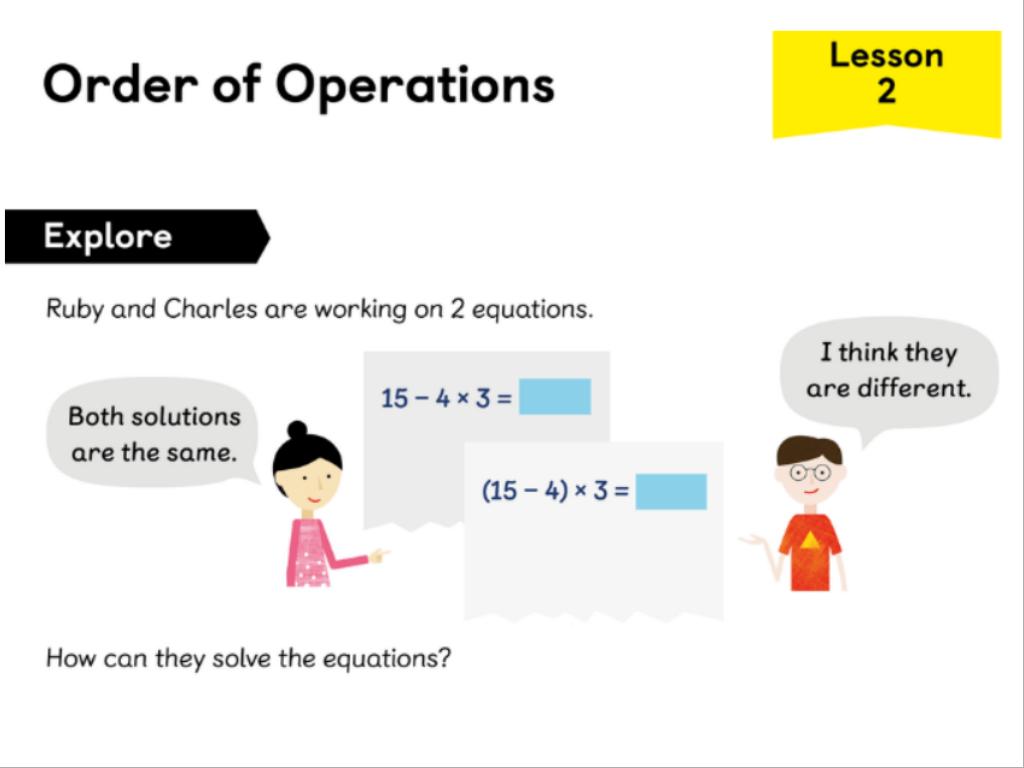
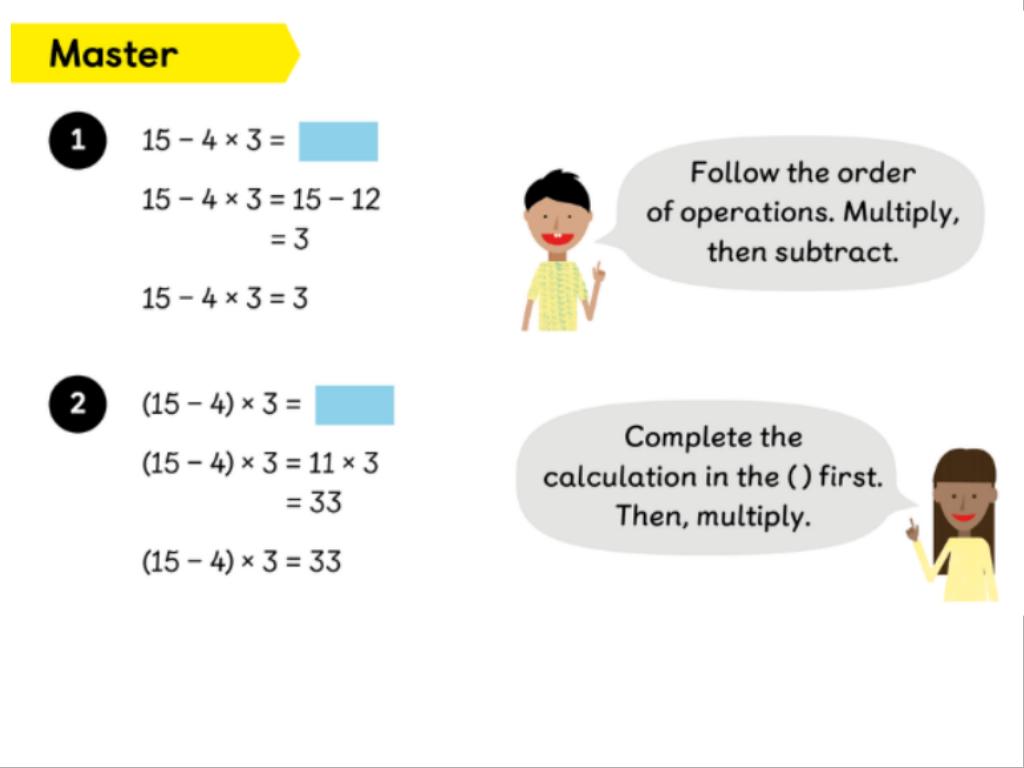
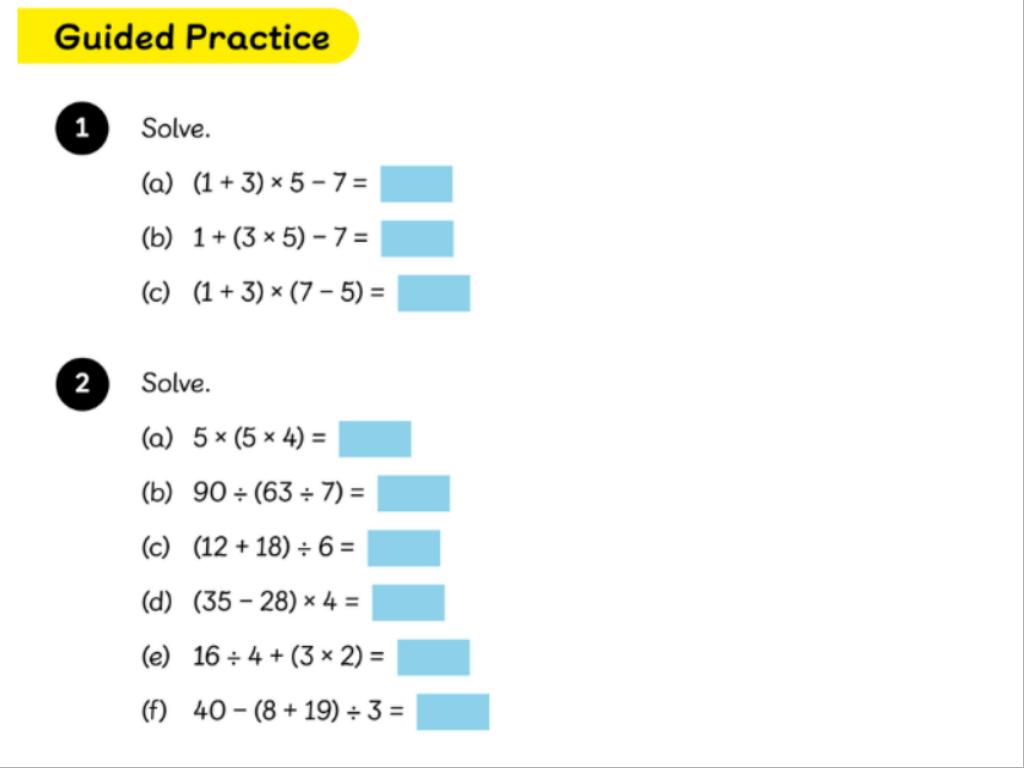
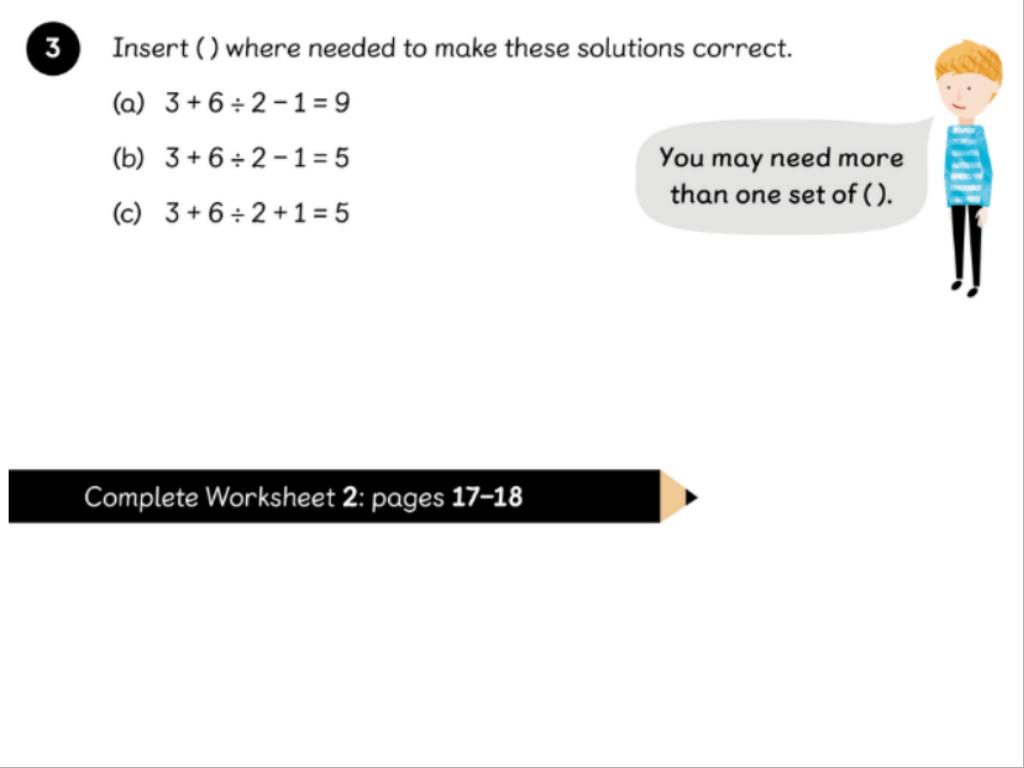
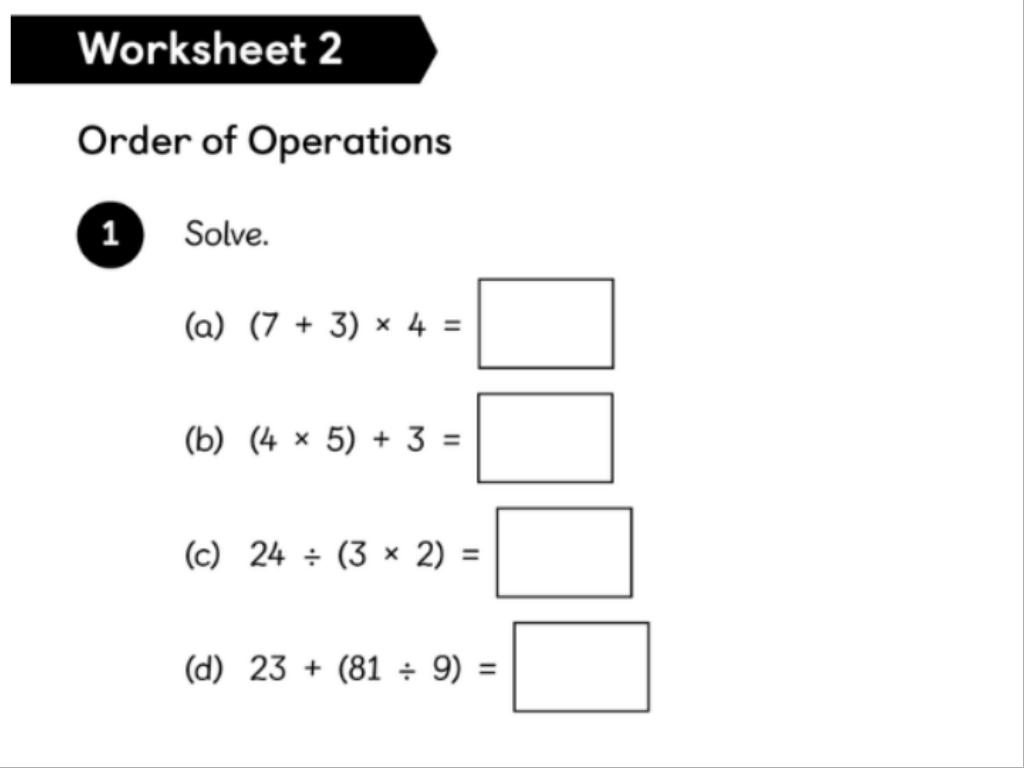
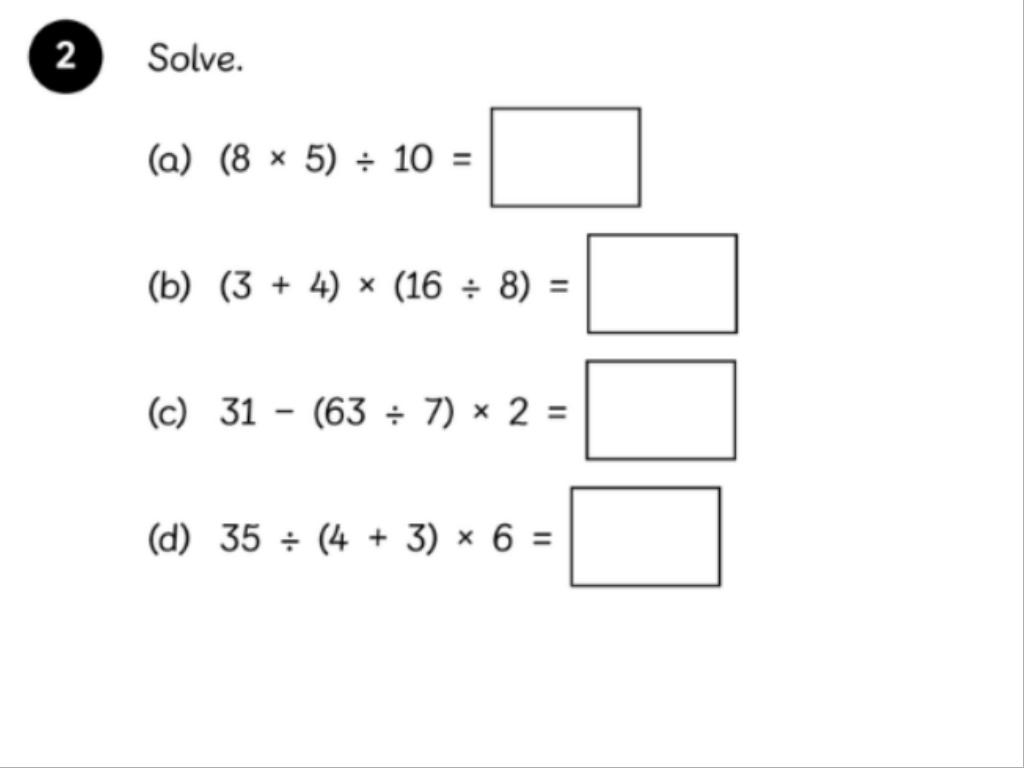
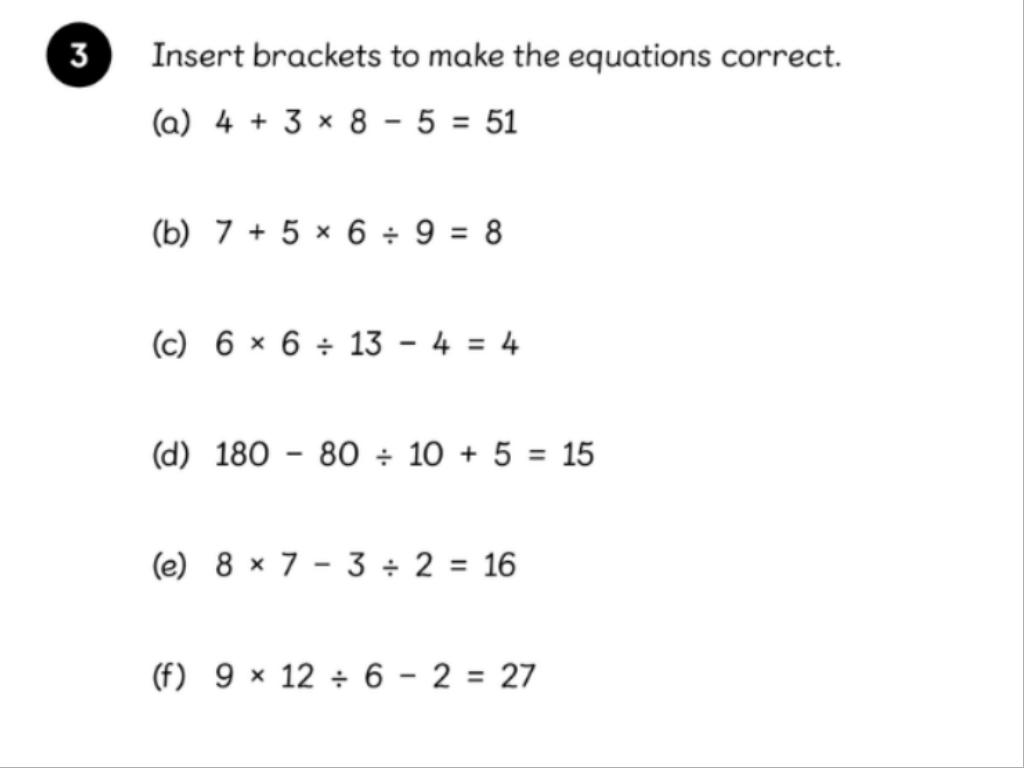
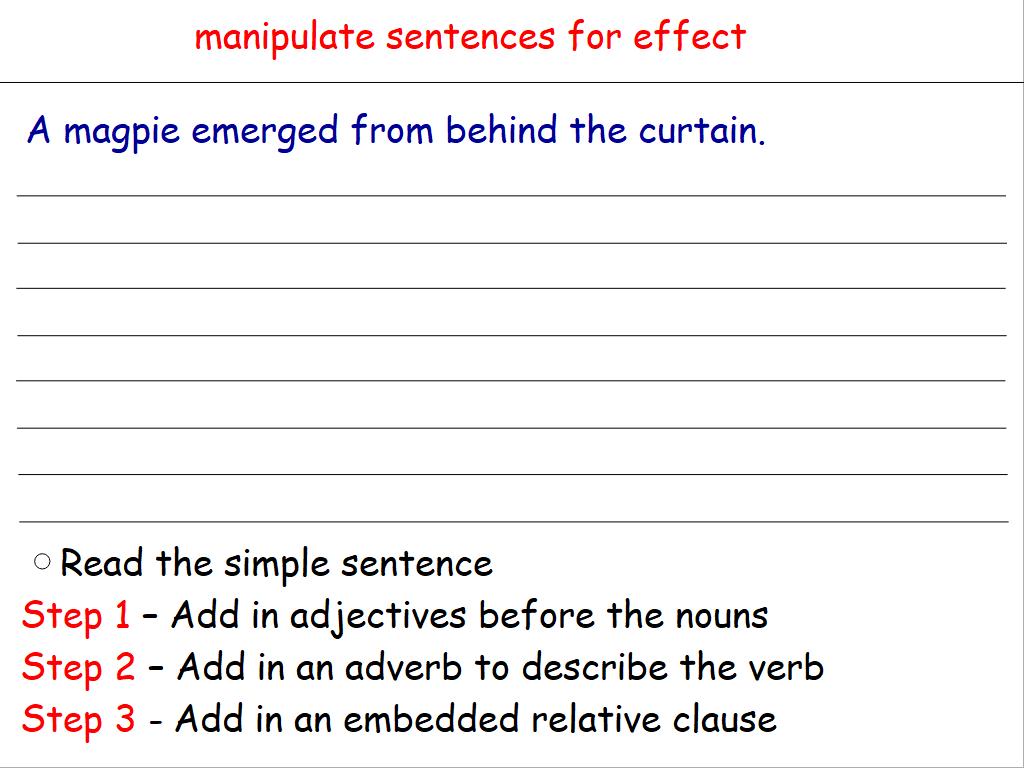
Friday 12th September
LC: To explore the technique of flashbacks.
What is a flashback?
A flashback is when a story goes back in time to show something that happened earlier.
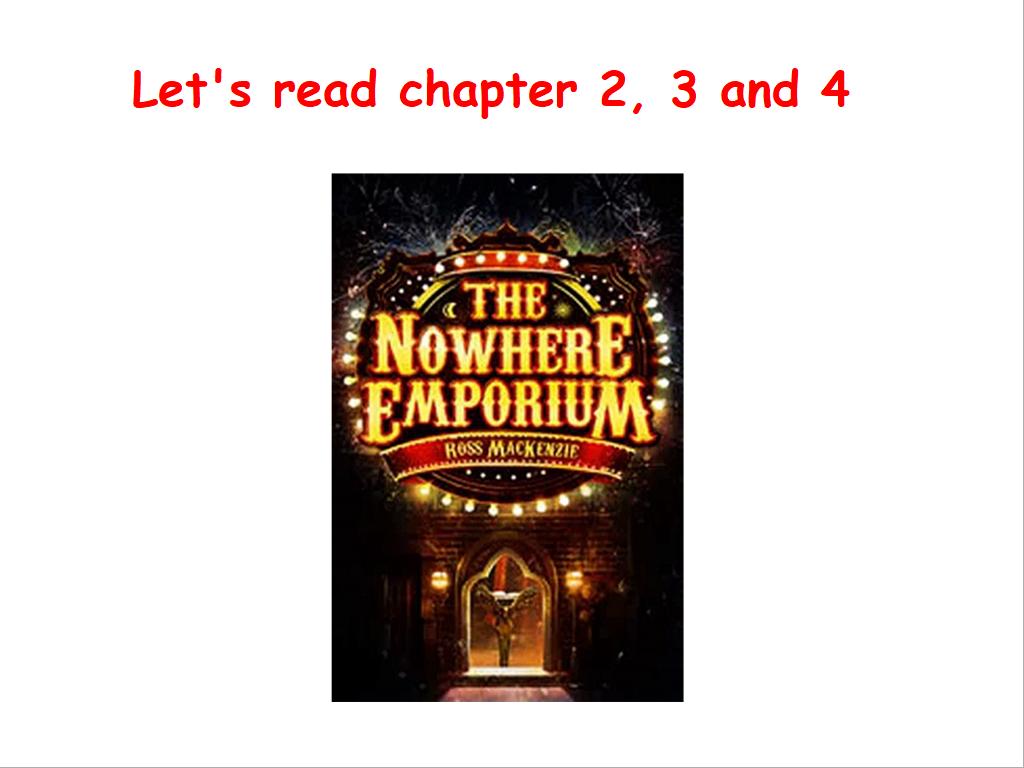
Why do writers use flashbacks?
-
To explain important things from the past: Sometimes the story needs to tell us about something that happened before the main events, so we understand why characters behave a certain way.
-
To give more background: Flashbacks help us learn more about the characters and their history.
-
To make the story more interesting: Jumping back in time can add surprises or explain mysteries.
-
To help us understand feelings: Sometimes seeing a past event helps us understand how a character feels in the present.
/i/video/Year_6/Ratatouille_Flashback.mp4
/i/video/Year_6/Wonkas_Flashback_Compilation___Charlie_and_the_Chocolate_Factory.mp4
Emma carefully opened the old, dusty book she found in the attic. The cover was worn, and the pages smelled of time. As she flipped through the brittle pages, she discovered a faded map covered in strange symbols and drawings. Her heart raced with excitement — maybe this was a treasure map! She traced her finger along the winding paths and mysterious markings, wondering where they might lead. Suddenly, she heard a creak behind her and quickly closed the book, startled.
R - What did Emma find inside the book?
I - Why do you think Emma’s heart “raced with excitement”?
C - Why do you think the author chose to describe the book as “old, dusty,” with “worn” cover and “pages smelled of time”? What effect does this have on the reader?
Friday 12th September
LC: To learn how to find and understand the most important details in a text.
What is Important Information?
Important information tells you the main ideas, key facts, or things that help you understand the story or text better.
How to Identify Important Information:
-
Look for the main idea:
What is the text mostly about? Usually, the first or last sentence in a paragraph tells the main idea. -
Find supporting details:
These are facts, examples, or explanations that help explain the main idea. -
Ignore small details:
Some details are less important — like extra descriptions or small events that don’t change the story. -
Ask questions:
-
Who is the story about?
-
What is happening?
-
Why is it important?
-
When and where is it happening?
-


Read this short paragraph:
"Sarah loved to play football. Every day after school, she practiced hard to become better. She dreamed of joining a football team one day."
Question:
What is the most important information in this paragraph?
-
Sarah loves football.
-
She practices every day.
-
She wants to join a team.
Answer: All three points are important because they help us understand Sarah’s passion and goal.
TASK
Text 1:
Tom woke up early and packed his backpack for the school trip. He was excited to visit the science museum and learn about dinosaurs. The bus arrived at 9 am, and all the students boarded quickly.Question:
What are the important details in this text?
Text 2:
Lily planted sunflower seeds in her garden. She watered them every day and made sure they got plenty of sunlight. After a few weeks, the sunflowers grew tall and bright.
Question:
Which information is most important?
Text 3:
During the school play, Mark forgot his lines and felt very nervous. But his friends helped him remember, and he finished his part perfectly.
Question:
What is the key information here?

